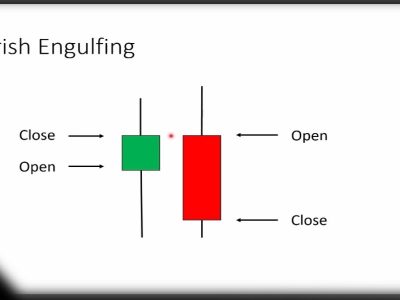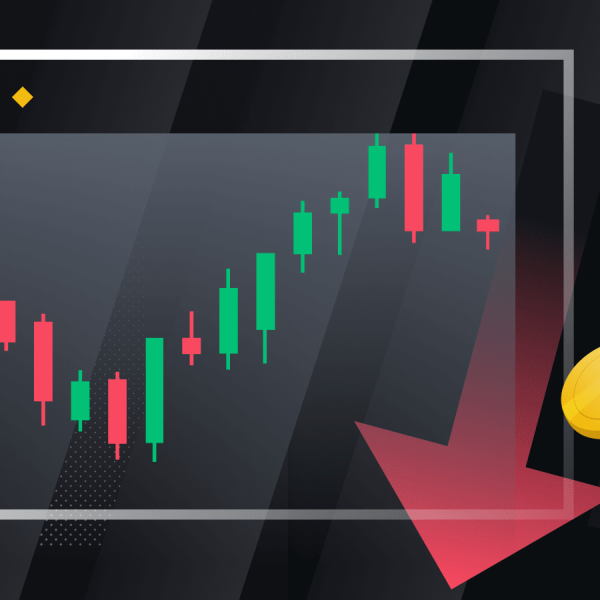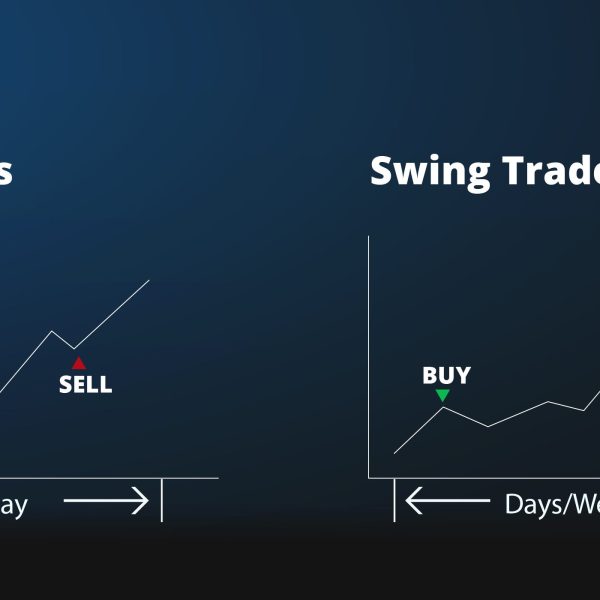In the 1980s, a man named John Bollinger developed a type of indicator and succeeded in doing so, which today is known as the Bollinger Band Indicator.
Since Mr. Bollinger, with his extensive experience in calculating price shifts in the past, succeeded in inventing it, today he is known as one of the most experienced technicians in the world stock market. It should be noted that today the method of calculating the parameters related to the Bollinger Band indicator is simple and smooth.
You can also read: What is the wheel trading strategy and how does it work?
As movement of prices in the stock market is volatile, the best and most appropriate way to determine the time of exit from the market is that the support and resistance of the mentioned volatility can be determined as a channel. It is worth noting that the Bollinger Bands indicator specifically works based on such a principle, and as a result, it can determine the price of the Support and resistance, and thus prepare the best conditions for traders.
What are the components of a Bollinger Band Indicator?
If you have ever used this indicator, you are faced with 3 lines, each of which is called a band. To be acquainted with Bollinger Bands, pay attention to the following descriptions:
1. Upper Band
2. Middle Band
3. Lower Band
The upper and lower bands indicate the standard deviation of the lower and upper relative to the midline. The middle band is actually the same as the Simple Moving Average. Platforms that provide technical analysis tools to their users typically set the indicator to 20, which is a good value for most traders. This does not mean that you cannot change its value. You are able to raise and lower the desired value, the change of which depends on your knowledge and skills, what you do in different timeframes.
How to identify the price trend using the Bollinger Bands
Most traders have trouble recognizing the price trend and they cannot correctly distinguish ascending or descending. However, if you have a problem with this, today is the time to fix it. Using the Bollinger Bands indicator, you can accurately detect the price trend and act according to your strategy.
1. In the first step, you should use two Bollinger Band indicators, one for which you should consider “Deviation ± 1” and for the other indicator, do “Deviation ± 2” on the price chart.
2. It is better to change the color of each band so as not to make a mistake in the detection process.
3. If the price movement is between Deviation +1 and Deviation +2, you can conclude that the price is going up.
4. If the price movement is between Deviation +1 and Deviation +2, it also indicates a downward trend in the price movement.
Note that if the price movement between Deviation +1 and Deviation -1 is displayed, it means that the price trend is going to suffer and has no specific task.
If you follow the tips carefully, do not doubt that you will no longer have to worry about determining the price trend.
What are the best settings for the Bollinger Band Indicator?
One of the main steps to get the desired result is the indicator settings. In this part of the Bollinger Band Indicator comprehensive training article, we intend to provide tips on setting up this technical analysis tool. First, you need to specify your time frame. That is, at what time frame the indicator should be applied. Of course, most traders use the Bollinger Bands in timeframes such as four hour or less which is called day trading.
Unlike many people, Mr. Bollinger recommends that using this indicator in daily timeframes work better and it is better to avoid shorter time intervals. Note that the points mentioned depend on the Bollinger Bands settings, and to set the Bollinger Bands, pay attention to the following points:
1. If you have decided to use it in short timeframes, it is recommended that you set the simple moving average to 9-12 and set the standard deviation to 2.
2. If you are considering using more timeframes (daily and weekly), we recommend setting the moving average at 18-20 and the standard deviation at 2.
Trading strategy with Bollinger Bands indicator: oversold and overbought
One of the most commonly used trading strategies using the Bollinger Bands indicator is overbought or oversold, which we are going to cover in this section. Prices always tend to deal with high and low bands. This movement, which is performed continuously, is called ping pong movement between the bands.
The oversold/overbought zone of buying or selling is defined as follows:
How to identify the saturation zone of the purchase? In order to do this, you must refer to the technical analysis process, if you reach a situation where the price has jumped out of the upper band of the Bollinger Band indicator, then it is possible that the price has taken a downward trend so that it can move to reach the inside of the indicator.
The sell zone occurs when the price of a trend price crosses the lower band and leaves it behind. In such a situation, it is likely that the price will have an upward trend in order to return the trend to the domestic sector.
Things to look for in an oversold and overbought strategy:
1. The use of indicators works differently in each market, which means that you may be able to get different results in different financial markets by using the Bollinger Bands indicator. For instance, if you use the Bollinger Bands in the Range market, you will get good results; but in a market with a strong trend, the Bollinger Bands may have problems.
2. To use Bollinger, you must first determine the trend of the chart and then, if the trend is bullish, enter the trade with a signal (enter when your desired price has reached).
3. If you are thinking of using this indicator in a downtrend, you should use signals that are for sale. That is, use only signals to enter the transaction that are related to position. Note that the above points apply to two-way markets.
Bollinger Band Compression Strategy
This is one of the strategies that has a very good performance and so, you can predict a big price movement. When the target price is compressed in certain and limited intervals, it shows a short fluctuation, after which the price chart enters a big movement.
Consider the following tips for using a compression strategy:
1. In the first step, you have to follow the price continuously between the Bollinger Bands.
2. In this strategy, the Bollinger Bands get closer to each other and are compressed in some way.
3. You can enter the desired market when the price fluctuates slightly in the desired time frame.
4. To detect a large price movement, you should pay attention to the exit of the price in one of the lower or upper bands of the indicator, because the big movement starts from that part.
5. Conditions for buying are suitable when the price goes out of the upper band.
In general, the performance of this strategy is such that the desired price starts moving in a new trend after a long time and after accumulating a lot of volume and rest.
Limitations of Bollinger Bands
Bollinger Bands strategies could not act as an independent trading system.
They only form an indicator designed to provide traders with information about price fluctuations. John Bollinger suggests using this tool with two or three independent indicators that provide more direct signals from the market.
According to Bollinger, different indicators based on different types of data should be used in market analysis. Some of his favorite technical techniques are the use of the MACD indicator, the on-balance volume indicator, and the relative strength index (RSI).
Because Bollinger bands are calculated from a simple moving average, they give older data a weighted price similar to newer data, meaning that new information may lose relevance due to older data.
In addition, the use of a simple 20-day moving average and two standard deviations is somewhat optional and may not work for everyone in every situation. Traders should accordingly adjust and monitor their assumptions about simple moving average and standard deviation.
In short, Bollinger Bands are designed to help traders discover the most likely trading opportunities.
Advantages and disadvantages of Bollinger Bands day trading
- Bollinger bands can be useful indicators of a market trend – strong trends cause volatility, which can be easily seen, as the Bollinger Bands grow larger and narrower.
- When drawn automatically by a trading platform, Bollinger Bands are very user-friendly and can add another dimension to chart analysis for a trader.
- As a backward indicator, Bollinger Bands cannot predict price patterns, but instead, follow current market movements. This means that traders may not receive signals while the price is moving.
In a nutshell
There are several uses for Bollinger Bands, including using them for excessive trading signals. Traders can also add multiple bands, which helps to highlight the strength of the price movement. Another way to use bands is to look for oscillation contractions. A significant drop in price usually follows these contractions, ideally in large volumes. Bollinger Bands should not be confused with Keltner Channels. While these two indicators are similar, they are not exactly the same.











